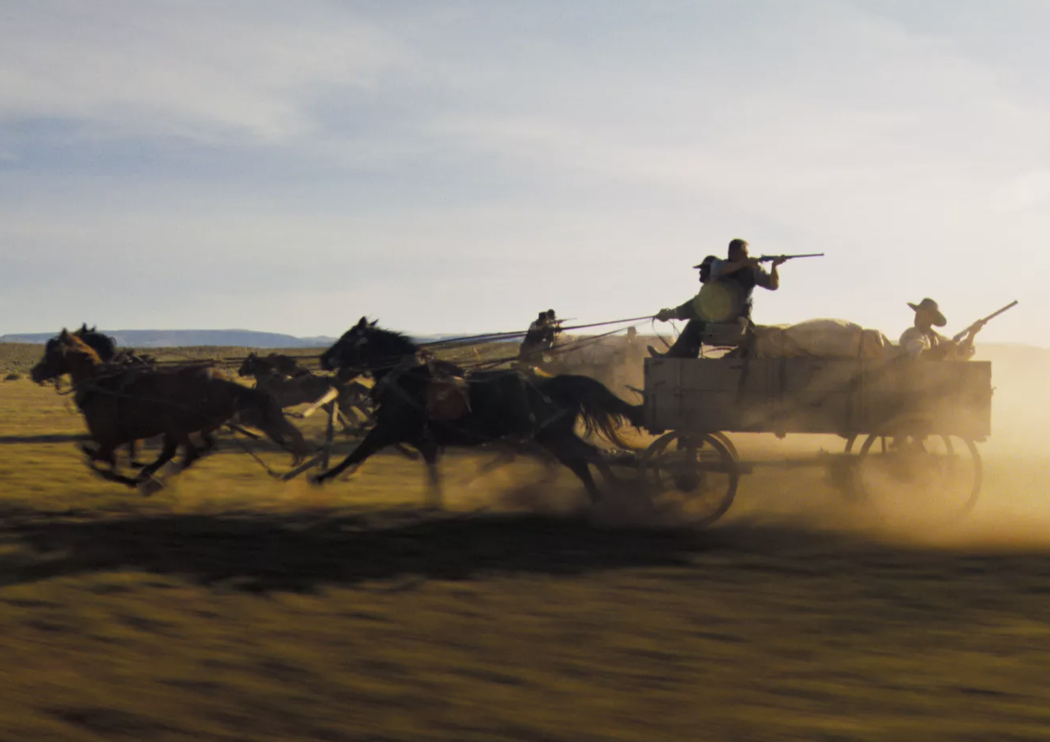A friend who hadn’t seen Mad Max: Fury Road in theatres just watched the Bluray last night, and he noticed that portions had accelerated and slowed-down frame rates. Not the same thing as the herky-jerky motion in Saving Private Ran and Gladiator, but in the same vague ballpark. He’d just installed a Sony 4k projector and was running data up-rezzed from an Oppo, so he wasn’t sure if it was the film or the hardware. Then he came upon a quote from dp John Seale, which basically said the Mad Max frame rates were finely manipulated all through:
“Something like 50 or 60 percent of the film is not running at 24 frames a second, which is the traditional frame rate,” said Seale. “It’ll be running below 24 frames because [director] George Miller, if he couldn’t understand what was happening in the shot, slowed it down until you could. Or if it was too well understood, he’d shorten it or he’d speed it up back towards 24. His manipulation of every shot in that movie is intense.”
On 6.1.15 I posted a portion of a piece by Vashi Nedomansky about Miller and Seale‘s crosshairs cinematography and the editing of Margaret Sixel: “One of the many reasons Mad Max: Fury Road works as an action film is the almost soothing shooting and editing style. By using ‘eye trace‘ and ‘crosshair framing‘ techniques during the shooting, Sixel could keep the important visual information vital in the center of the frame. Because almost every shot was center-framed, comprehending the action requires no hunting of each new shot for the point of interest.”
Mad Max: Center Framed from Vashi Nedomansky on Vimeo.













